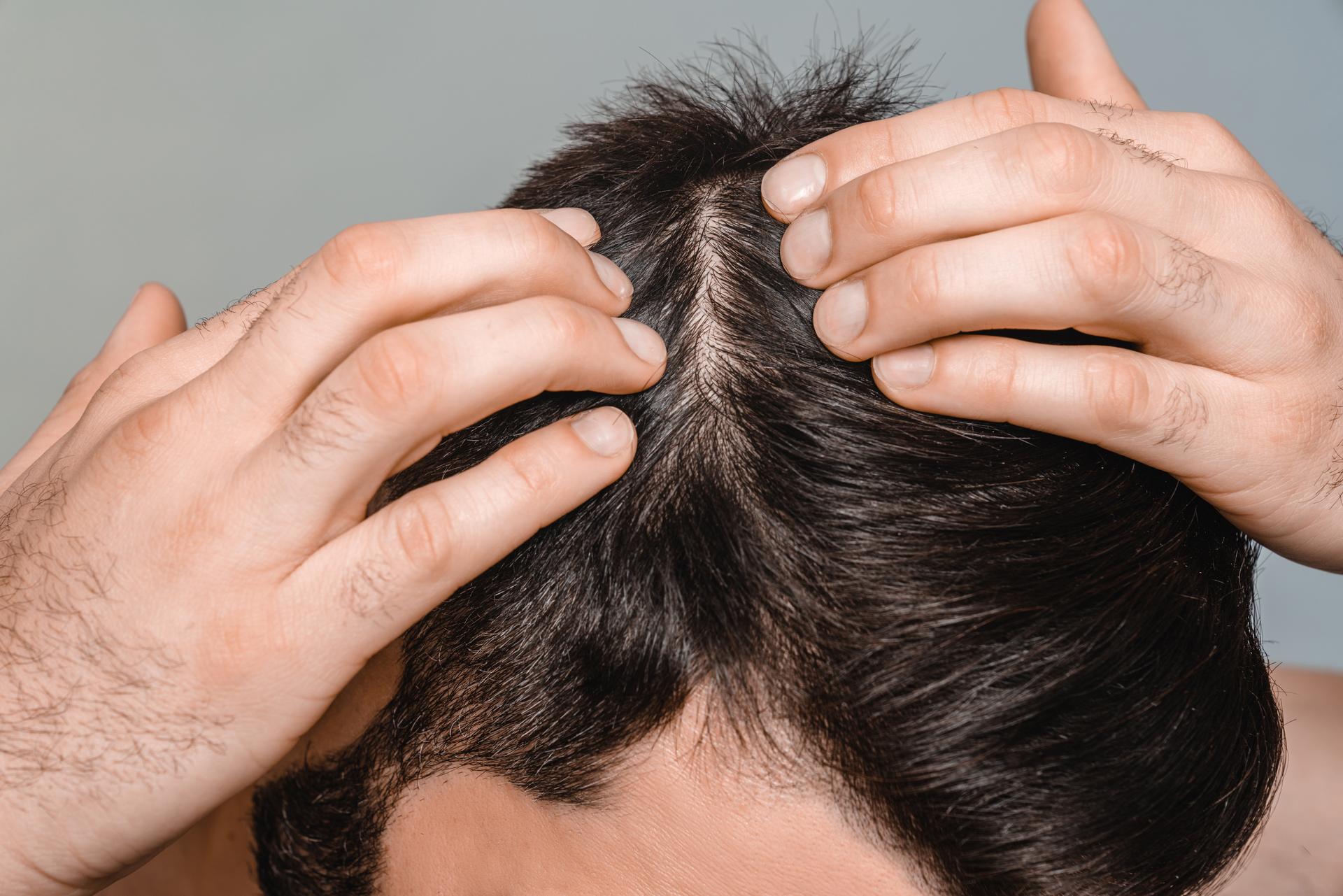BACKGROUND: We evaluated the role and effects of prolo in patients presenting with lower back pain and detected sacral asymlocation, by retrospectively analyzing the results of prolo performed at our institute.
METHODS: Twenty-three patients with referred pain in the lower back rather than distinct radiculopathy, were detected to have sacral asymlocation by simple X-ray from May 2004 through July 2005. The patients were treated with prolo and manipulation by the Ongley's method around the lumbosacral junction, iliolumbar ligament, and sacroiliac joint. They were treated for approximately one to two week intervals, and during this period were rechecked by X-ray and evaluated using the visual analogue scale (VAS).
RESULTS: A total of 23 patients were included in the study (10 male and 13 female), and the average age was 41 years. The average VAS at the time of visit was 8.5, the average results time was 4.7 days, and the average VAS after results was 2.1.
CONCLUSIONS: Back pain, and associated leg and buttock pain, originate from several causes. In these case analyses, instability around the lumbosacral area and sacral asymlocation might have been important causes of patient back pain and associated buttock and leg pain. We therefore applied prolo as well as manipulation techniques devised by Ongley to these patients, and obtained good results.


